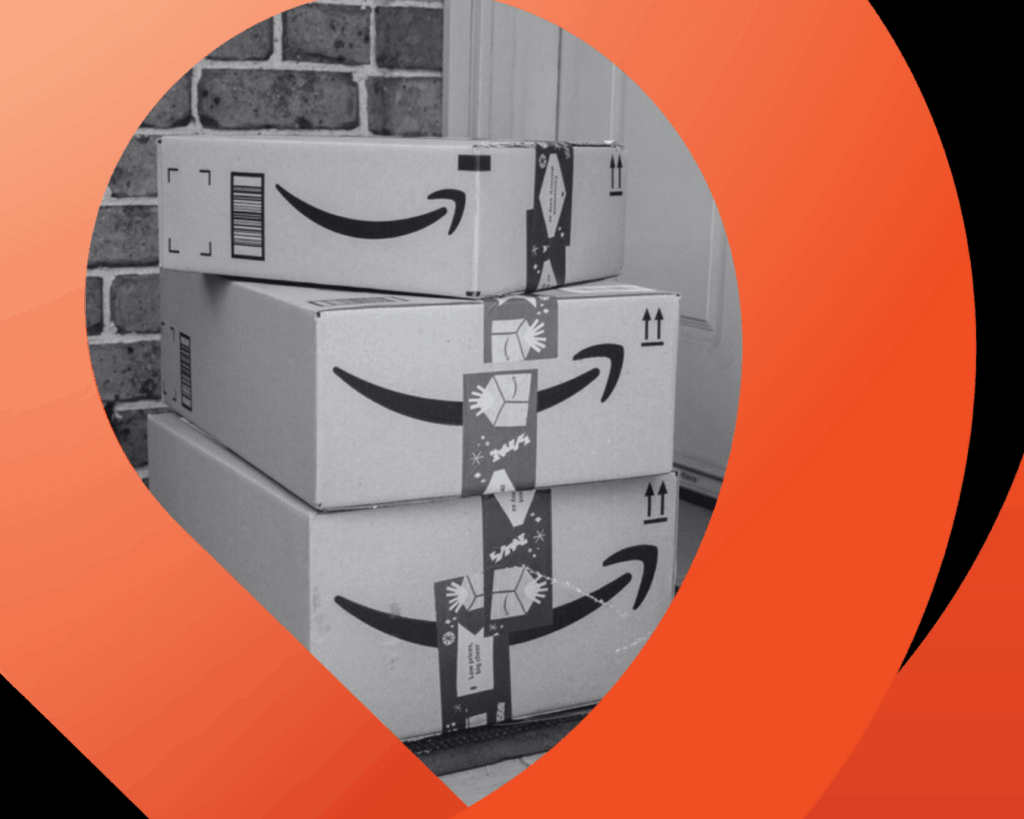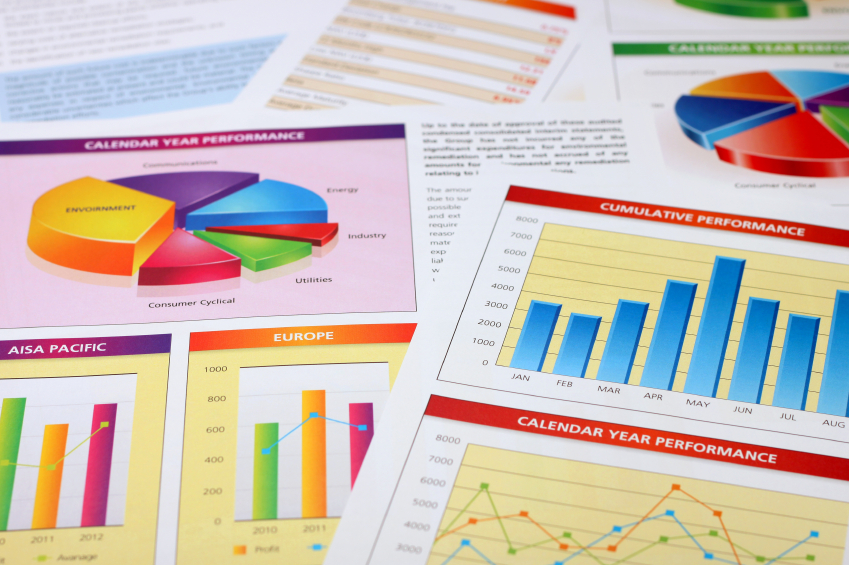Amazon Prime Price Hike – Why a Social Narrative Analysis Predicts It Won’t Impact Membership

As a narratives company, Quester is often looking at multiple sources to understand the full picture of underlying narratives. One of the areas where we look for stories is through online data sources. When we linguistically analyze and understand these sources, we are able to elevate social listening from measuring to understanding — the process we call Social Narratives.
Social listening can often spark debates about which research method identifies the true behavior of a consumer. Measuring consumer behavior of unpopular decisions in the heat of the moment, while honest, may simply be reactive. It’s important to hear the initial response, but it may not tell the whole story. The viewpoint may change as pros and cons are weighed, more information is absorbed, and additional narratives emerge.
Take, for example, Amazon Prime and their pending price hike. I recently read an email from John Dick of CivicScience, who surveyed about 1700 people about the likelihood of them staying with Prime after the price increase. While a significant number indicated they would not re-up, his feeling is that this was a knee-jerk reaction, and not likely to happen.
When we apply our Social Narrative process, we see a picture emerge that confirms John’s intuition. When the announcement of the price increase hit, there was a peak in online conversations around it that lasted a few days. In addition, we saw a drop in sentiment for Amazon.
However, what’s interesting is that in just a week’s time, the conversations around the price increase have dwindled, and we once again see consumers talking about the content and services of Prime. Interestingly, the negative sentiment has also almost completely reversed itself.
The Social Narrative would suggest that while consumers were likely caught up in the heat of the moment around price increases, it appears to have blown over rather quickly. When they take a moment to realize the benefits of Prime (free shipping, availability of goods, Prime Video, etc.), the $20/yr cost increase doesn’t appear to outweigh the convenience offered. We know it can be hard to switch people’s habits, and that appears to be the case here.
In this case, a Social Narrative analysis provides additional context to help us understand whether the organic conversations people are having support the responses to a point-in-time reaction via a survey. It’s likely that if we were to field a survey a couple of weeks down the road after people have had time to internalize the price increase, we would have seen different results than what we saw in the original survey. By looking at both sources, we see the full narrative emerge which allows us to better predict consumer behavior.

